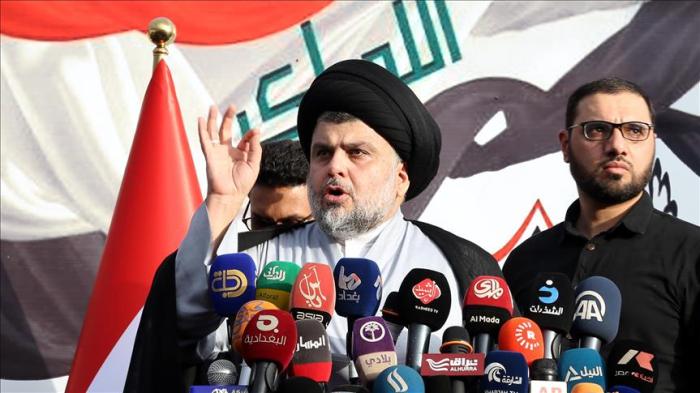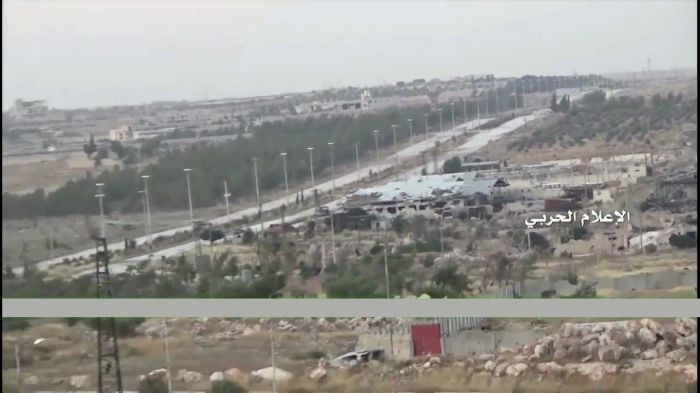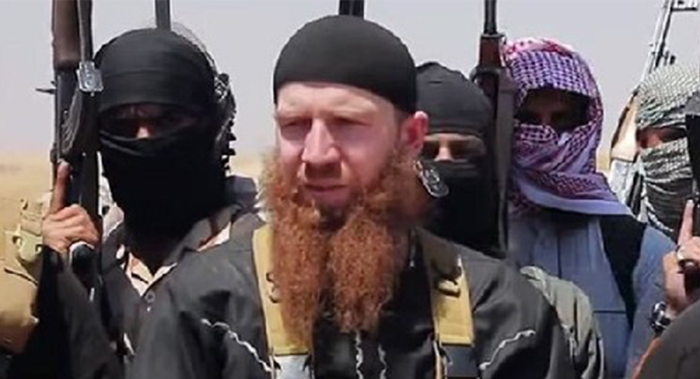More than 150 civilians, mostly women and children, left besieged eastern parts of Aleppo through a safety zone that Moscow and its Syrian ally say they have set up to evacuate people trapped in opposition-held areas.
Syrian state television on Saturday showed scores of mostly women gathered in a government-controlled area of the city, saying how conditions in rebel-held areas were difficult and chanting praise for Syrian President Bashar al-Assad.
![Eastern Aleppo citizens cross over to government-held area of Aleppo [30/7/2016]](https://nworldnews.files.wordpress.com/2016/07/vlcsnap-2016-07-30-23h33m00s925.png?w=161&h=300)
Russia’s defense ministry said that 169 civilians had left since Thursday through three safety crossings. The ministry also said in a statement that 69 rebels had handed themselves in to the army. Syrian state news agency SANA said 169 civilians, mostly women over the age of forty, had arrived at the Salahuddin checkpoint. Videos circulating on social media showed mostly women crossing over at Salahuddin checkpoint.
Syrian President Bashar al-Assad’s government and its Russian allies declared a joint humanitarian operation for the besieged area on Thursday, bombarding it with leaflets telling fighters to surrender and civilians to leave. But the United Nations has raised misgivings about the plan and U.S. officials have suggested it may be an attempt to depopulate the city – the most important opposition stronghold in the country – so that the army can seize it.
The Syrian opposition has called it a euphemism for forced displacement of the inhabitants, which it said would be a war crime. With rebel-held areas running out of food and medicine after the only supply route into the city was cut by the army after months of heavy Russian and Syrian aerial bombing, many vulnerable civilians are desperate to leave, while being suspicious of the plan.
The Russian defense ministry said Syrian authorities had prepared six humanitarian aid centres capable of accommodating more than 3,000 people.
Residents in these areas who were contacted said many were hesitant to enter into government-held areas for fear of arrest by government forces with no presence of any U.N. body or NGO’s to oversee the evacuation.
They also said the journey to the frontline where the crossings were located was fraught with danger with snipers from both sides at times shooting at civilians.
Sources: Reuters/Syria & Iraq News
![John Kerry and Sergey Lavrov during a bilateral meeting at the sidelines of the ASEAN foreign ministers meeting in Vientiane, Laos [26/7/2016. photo by Jorge Silva/Reuters]](https://nworldnews.files.wordpress.com/2016/07/john-kerry-sergey-lavrov-160726-02.jpg?w=700)
![Civilians fleeing from Fallujah [May 2016]](https://nworldnews.files.wordpress.com/2016/07/fallujah-160527-01.jpg?w=700&h=466)
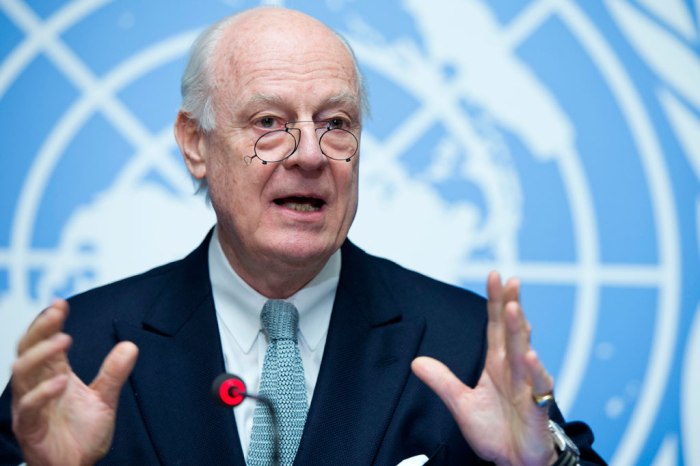
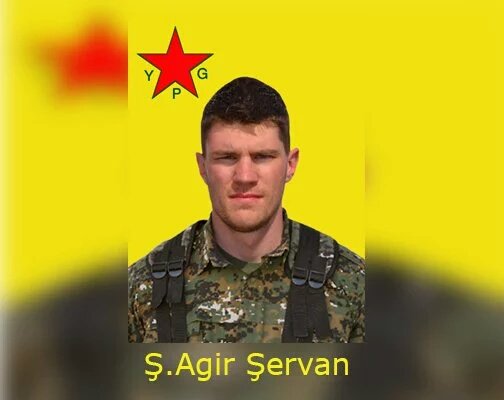
![A blurred screenshot from the video of the beheading in Handarat [19/7/2016]](https://nworldnews.files.wordpress.com/2016/07/handarat-160719-01a.jpg?w=700)
